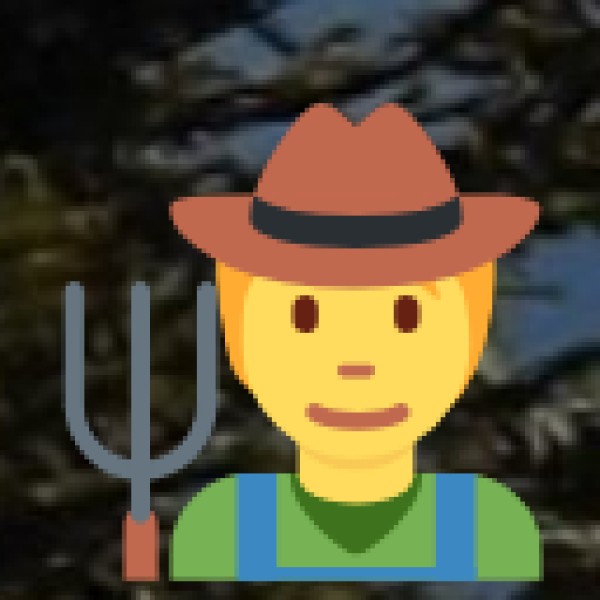About WelcomeTravelerIndia.com
India is a land of extraordinary contrasts, where ancient traditions meet modern innovation, and natural wonders coexist with vibrant cities.
India is a land of extraordinary contrasts, where ancient traditions meet modern innovation, and natural wonders coexist with vibrant cities.

The Andaman & Nicobar Islands are home to a diverse mix of communities, including indigenous tribes, settlers from mainland India, and migrants from different regions. The islands offer a blend of modern and traditional lifestyles, with people living in harmony with nature while embracing a slow-paced, relaxed way of life.
1. The People of Andaman & Nicobar
The islands' population is broadly divided into two groups:
A. Indigenous Tribes (Native Inhabitants)
The indigenous tribal communities have lived in isolation for thousands of years and continue to follow their ancestral traditions and nomadic lifestyles.
Great Andamanese – One of the oldest tribes, now partially assimilated into modern society.
Onges – A small tribe living in Little Andaman, practicing hunting and gathering.
Jarwas – A nomadic hunter-gatherer tribe living in dense forests.
Sentinelese – Considered the last uncontacted tribe in the world, they live on North Sentinel Island and reject outside contact.
Shompens – A lesser-known Nicobarese tribe residing in Great Nicobar.
Restricted Areas: Many tribal areas are off-limits to visitors to protect their way of life and prevent the spread of diseases.
B. Settlers from Mainland India
A large part of the current population consists of migrants from mainland India, who settled here during British rule and after Indian independence. These settlers include:
✔️ Bengalis – Settled after the 1947 partition; they contribute to the islands' agriculture and trade.
✔️ Tamils – Primarily involved in fishing, trade, and government services.
✔️ Telugus – Engage in business, agriculture, and local administration.
✔️ Malayalees – Found in various sectors, including tourism and hospitality.
✔️ Punjabis & Marwaris – Major contributors to commerce and business.
Languages Spoken:
2. The Lifestyle of Andaman & Nicobar Islanders
A. A Simple, Nature-Connected Life
B. Occupations & Economy
C. Cultural Fusion & Social Life
D. Food & Cuisine
3. Festivals & Celebrations in Andaman & Nicobar
1. Island Tourism Festival (January)
2. Subhash Mela (January 23)